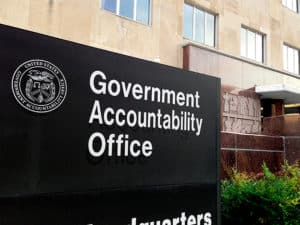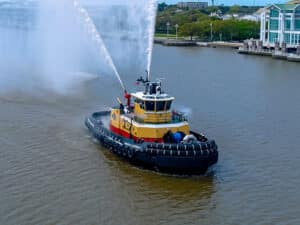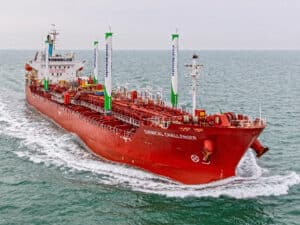
How to comply with MARPOL Annex V
Written by Nick Blenkey MAY 10, 2013 — Recent amendments to Annex V of the International Convention for the Prevention of Pollution from Ships (MARPOL) have created a tougher regime for shippers and crews over discharges into the sea.
MAY 10, 2013 — Recent amendments to Annex V of the International Convention for the Prevention of Pollution from Ships (MARPOL) have created a tougher regime for shippers and crews over discharges into the sea.
Now the UK P&I Club, in partnership with the International Tanker Owners Pollution Federation (ITOPF), has produced a pamphlet entitled “How to Comply with MARPOL Annex V.”
It focuses on the concept, requirements and process of classifying HME (materials deemed hazardous to the marine environment) in cargoes and the processes involved in the eco-toxicity testing. It is supported by a checklist poster for on-the-spot crew use which summarizes what they can and cannot discharge into the sea, depending on the composition of the material and vessel location. Pamphlet and poster are available from the UK Club in paper and electronic form.
Any discharge of garbage at sea is regulated by the MARPOL Convention. The aim of the Convention is to “eliminate and reduce the amount of garbage being dumped into the sea. This includes all kinds of food, domestic and operational waste that are likely to be disposed of during the normal operation of a ship”. Under the recent amendments, there has been a focus on the discharge of wash water created in cargo holds, with any non-recoverable cargo residues or cleaning agents contained within wash water being classed as garbage under the convention.
Discharge of garbage is more restricted in six Special Areas designated by MARPOL: the Mediterranean, Baltic and North Seas; the “Gulfs” area; the Wider Caribbean including the Gulf of Mexico and the Antarctic area. Similar status has not yet been given to the Black and Red Seas, due to a reported lack of reception facilities. These Special Areas require more stringent controls, due to having greater sensitivity to pollution.
From January 1, 2013, the amendments to MARPOL Annex V have meant shippers must provisionally classify bulk cargoes as ‘harmful to the marine environment’ (HME) or not. From 1st January 2015, they will have to classify according to seven eco-toxicity based criteria; acute toxicity; chronic toxicity; carcinogenicity; mutagenicity; reproductive toxicity; repeated exposure of specific target organ toxicity (STOT) and the plastics, rubber and synthetic polymer content.
provisionally classify bulk cargoes as ‘harmful to the marine environment’ (HME) or not. From 1st January 2015, they will have to classify according to seven eco-toxicity based criteria; acute toxicity; chronic toxicity; carcinogenicity; mutagenicity; reproductive toxicity; repeated exposure of specific target organ toxicity (STOT) and the plastics, rubber and synthetic polymer content.
No cargo classified as HME may ever be discharged at sea and should be disposed of at a suitable reception facility. Admittedly, these facilities are limited in some areas.
All vessels carrying solid bulk cargoes already have to comply with the IMSBC Code. As cargoes must already be tested by the shipper relative to IMSBC physical parameters, it would be sensible to carry out any additional testing for HME at the same time.
Access the pamphlet and poster HERE





Leave a Reply
You must be logged in to post a comment.